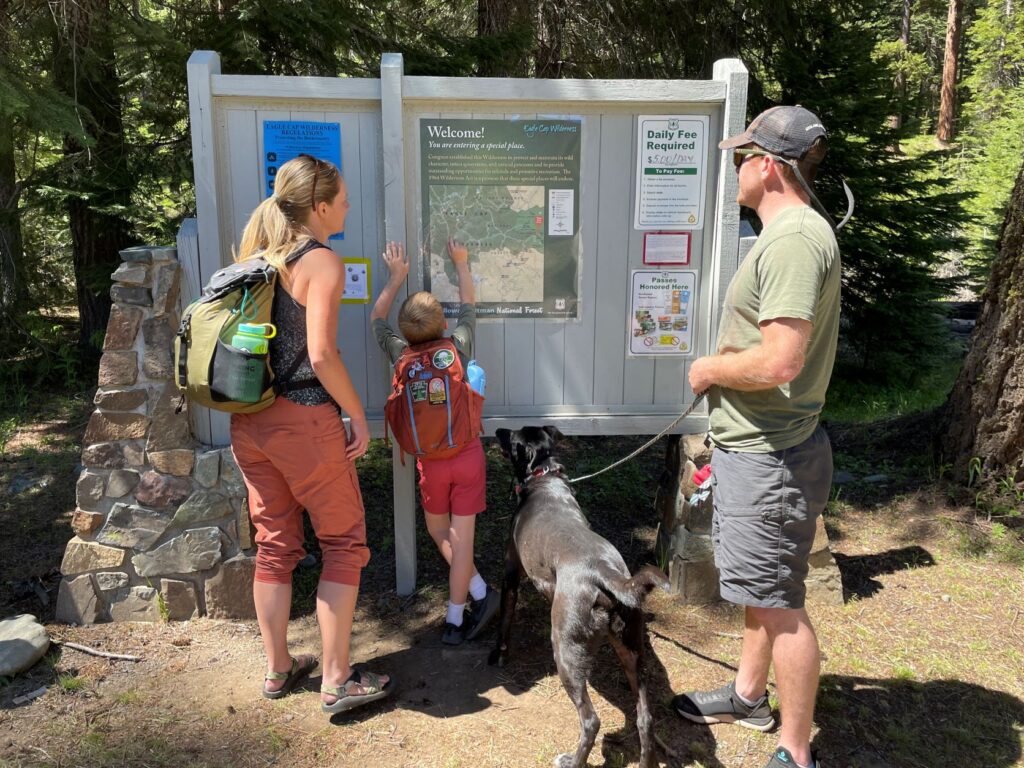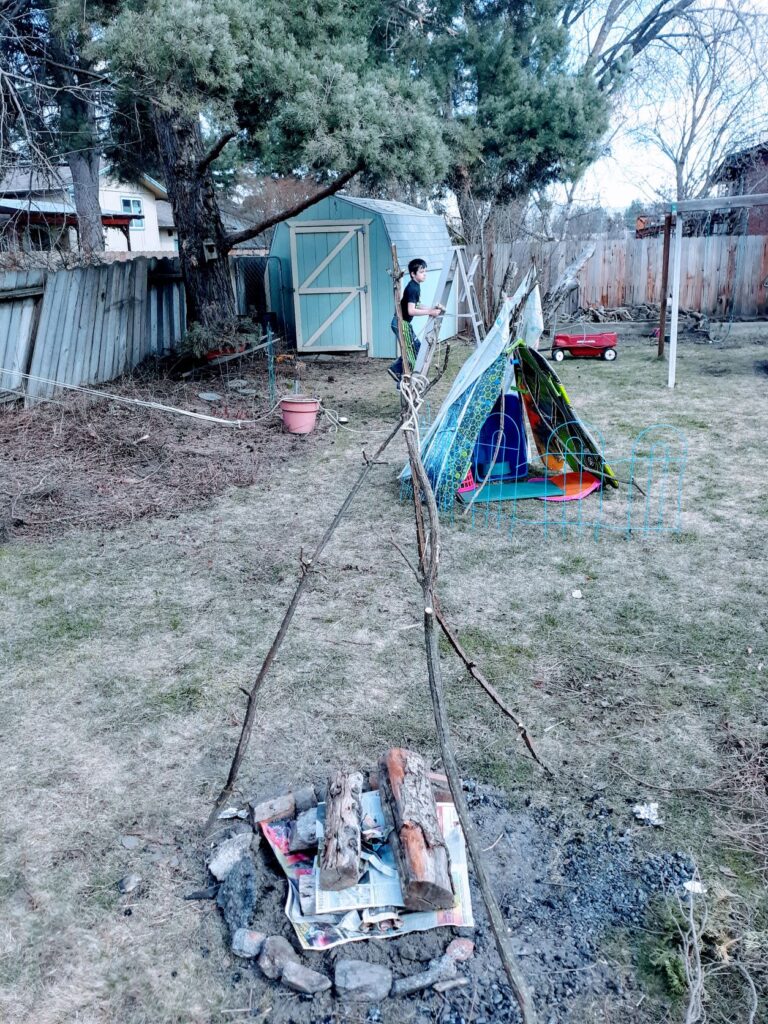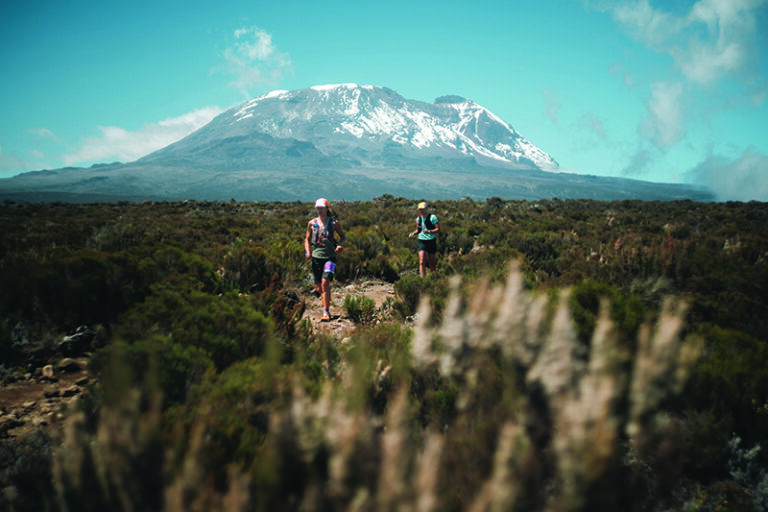Are today’s kids “getting soft”? Are they less rugged and prepared for hardy outdoor exploration?
Thirty-five years ago in northeast Oregon, a 6-year-old boy named Cody Sheehy got lost in the Blue Mountains near his home. To save himself, he walked 14-20 miles, mostly on dirt roads for over 18 hours, according to Emma Marris in her 2018 “Outside” article about Sheehy.
Marris rightfully wondered, “…would a modern six-year-old be physically and psychologically able to do what Cody did?”
Sheehy survived because he was a tough kid and experienced in outdoor exploring, according to Rombert Koester, author of Lost Person Behavior. “There are probably six-year-olds who still spend all their time running around and playing outside,” he says before warning that the child who just “sits in front of a screen isn’t going to do as well.”
For kids to be similarly tough today, they need to learn hands-on skills and have ample time to play outside in the woods. Kids should develop strong sensory capabilities and a sense of direction.
Based on my own “mom research,” here are some lessons and tips for equipping kids to survive outside.
Helping Kids to Not Get Lost
Straying off trail is the most common way hikers get lost; the second most common is falling off a trail and being unable to find their way back. Teach kids to, first of all, not panic—take deep breaths to stay calm and focus on what they’ve been taught.
Next they need to stay put and call for help. Make sure children know to not be afraid of getting “in trouble” for being lost.
Children may try to backtrack. Older kids may do this successfully, but kids tend to walk in circles or, like Sheehy, walk further away from the area a child was last seen.
That’s why the National Association for Search and Rescue established the “Hug a Tree” program to help children remember to stay in one place and wait to be found.
Typically, people get lost closer to sunset or just before severe weather comes, which often results in the lost person having to stay overnight in the woods. This is why the 10 essentials are vital.

The 10 Essentials
Statistics reveal that day hikers are most vulnerable to survival situations. People typically don’t pack all essentials, thinking it’s just a few hours or a few miles, what could go wrong?
Bad weather, injury or illness, and wandering off trail is what could go wrong.
The 10 Essentials are for all ages and meant to prevent emergencies and allow a person to safely stay for a night (or longer) in the wilderness. Equip children with a backpack to carry their supplies. The following list is a kid-version, based on one provided by The Outdoor Society that also includes some of my own ideas.
1. Navigation: Carry a paper copy of the trail map. While a smart phone has built-in GPS, batteries die and service can be unreliable in remote areas. Knowing basic map and compass orienteering skills are important. A prepared child can use these tools to navigate if they get lost. Every child should also carry an emergency whistle, attached to a zipper, to alert for help.
2. Sun protection: Sunscreen, hat.
3. Insulation: Extra seasonally-appropriate clothing such as socks, jacket, hat, and gloves to keep warm through the night.
4. Illumination: Headlamp or flashlight and extra batteries.
5. First-Aid supplies and insect repellent.
6. Fire/warmth: No matches for kids—simply too risky. Hand warmers and an emergency blanket are safer (see #10).
7. Repair kit and tools: Even young children can use a multi-tool with proper instruction and practice.
8. Nutrition: Extra snacks.
9. Hydration: A water bottle and if in the backcountry a lightweight filter bottle, such as LifeStraw brand, for safe drinking from a stream or lake.
10. Emergency shelter: A silver, heat-trapping emergency blanket is easy for kids to use. Shelter-building skills are even better.
Age-appropriate risk-taking, independence, and problem-solving help kids to develop grit and resilience, which will help today’s kids have greater courage, confidence, and readiness to face unknowns on and off life’s trails.

Kids can begin to learn wilderness and survival skills at home. Here are some nature books to get started.
For more Out There Kids stories, visit the column archives.
Amy McCaffree is Out There Kids columnist and digital editor. She used to work as a youth camp counselor and adventure guide. Now she teaches wilderness and safety skills to her own two kids whenever they’re exploring the great outdoors.













